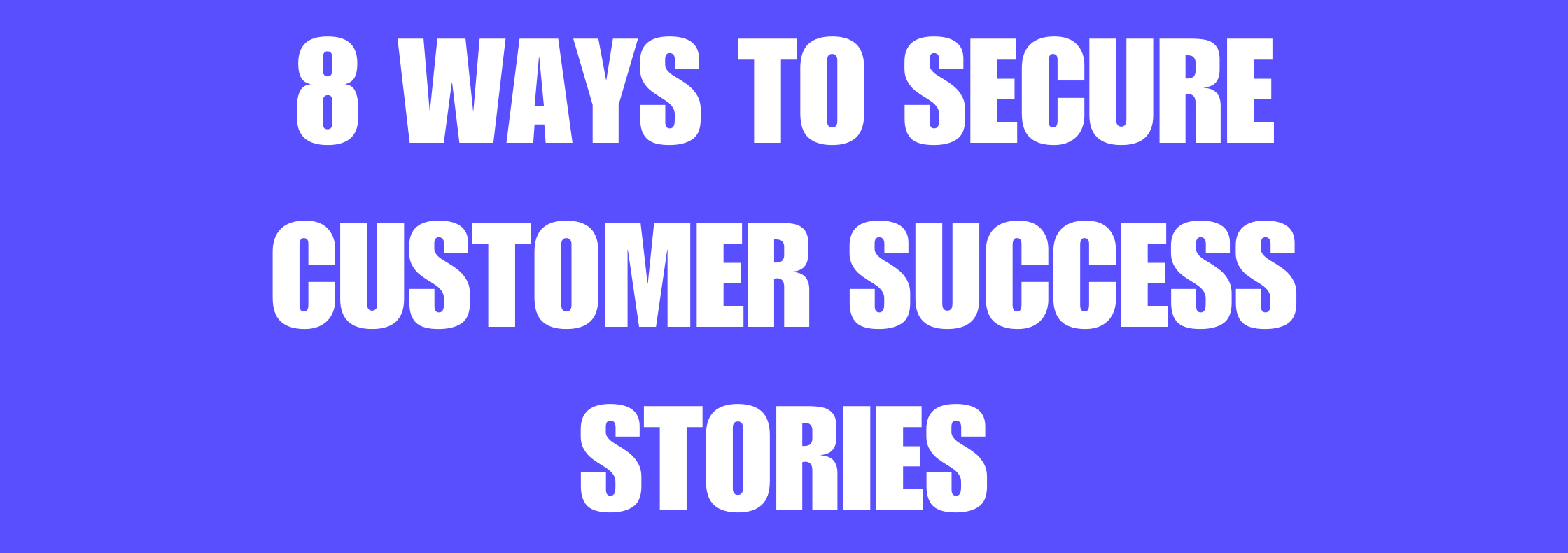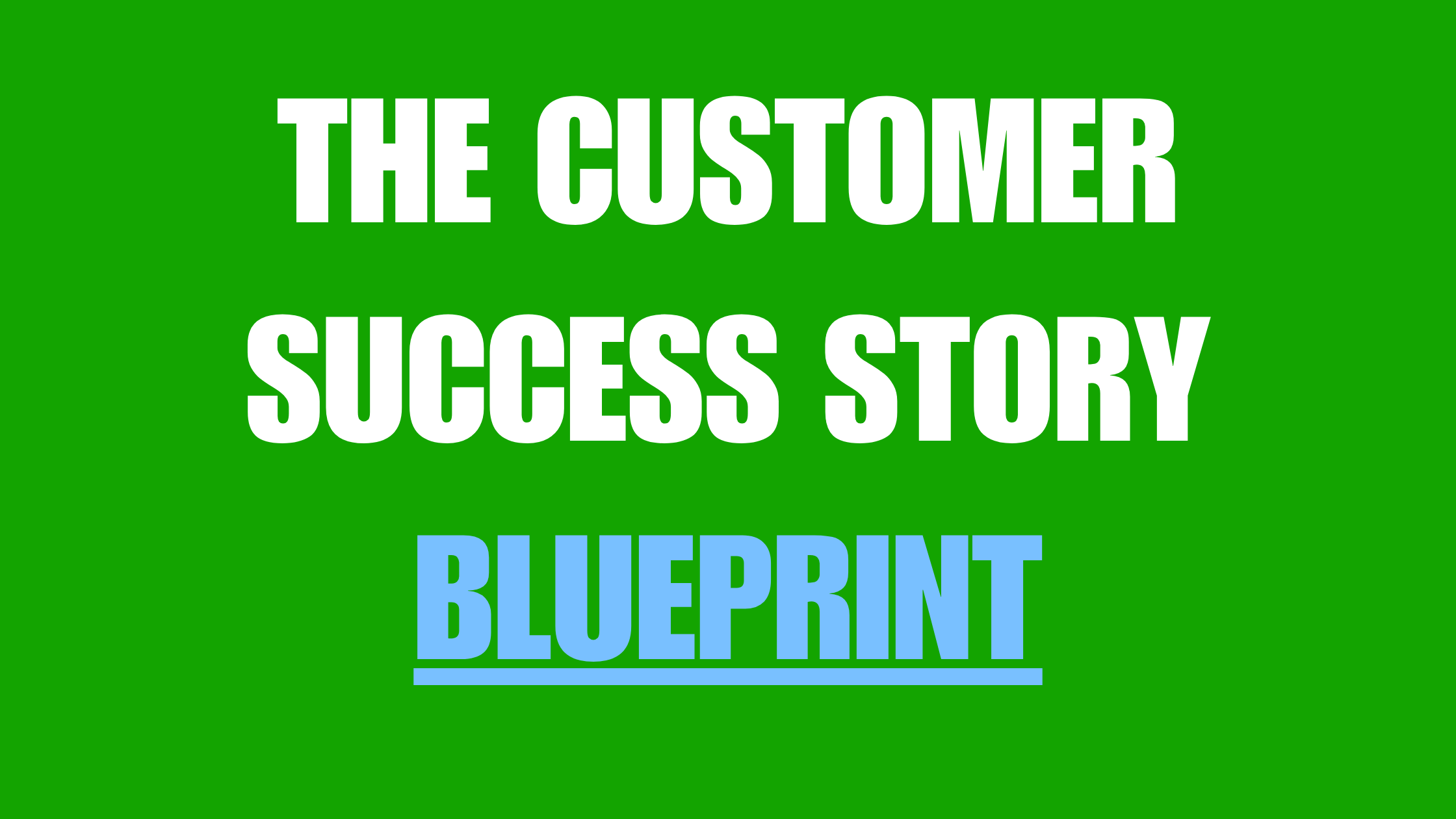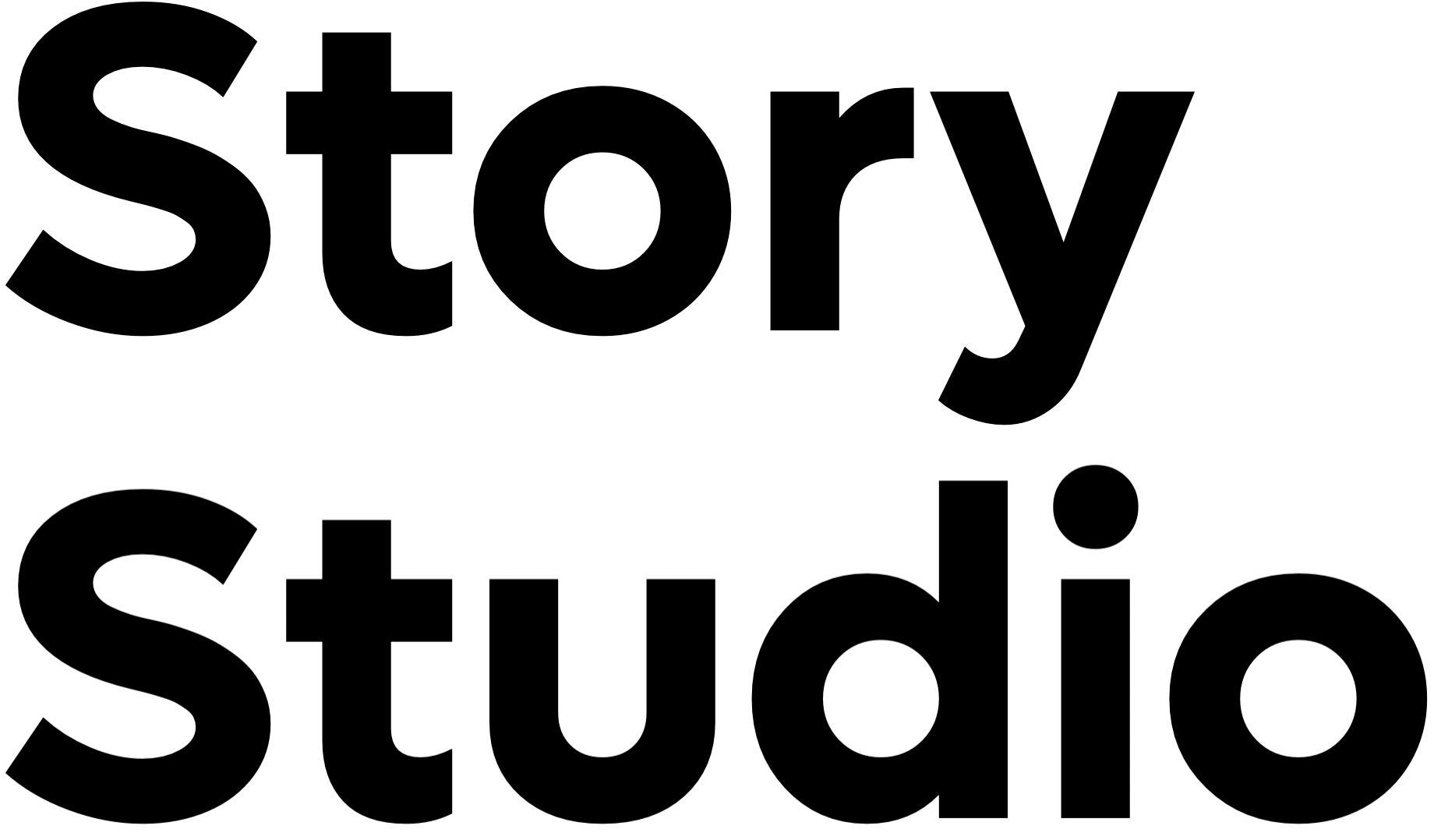- Uncategorized
Elementor #1210
- By rjcpksmy
Share the Post:
We’re about to break down the essential ingredients (and just the essential ingredients) every customer success story needs to be great.
These are things we’ve learned from years of writing customer stories for billion-dollar businesses to seed-stage startups and everything in between.
By the end, you’ll have the blueprint to create impactful customer success stories and case studies that drive real business outcomes.
Let’s go!
1. Customer success stories must be highly “intentional“
Powerful customer success stories should have a specific job to do – a higher purpose.
Rather than a laundry list of features, an effective story spotlights how your product or service empowered a specific customer to achieve a specific result.
Sure, more generic customer stories can work. But having multiple assets in your arsenal, purposefully designed to achieve different things, is way more effective than loads of one-size-fits-all stories.
So, first of all, write down the following:
- The GOAL you want to achieve with the story
- The TOPIC that serves that goal
- The AUDIENCE that has an interest in that topic
- The desired TAKEAWAY for the reader
Answering these questions, before putting pen to paper, will keep you lazer-focused.
2. Choose a Storytelling Framework
99.9% of customer success stories follow the CSR (CHALLENGE → SOLUTION → RESULTS) model.
There’s nothing wrong with the CSR model. It’s tried and tested. We use it all the time.
But the CSR model is not a story. It’s a skeleton, onto which you should layer a storytelling framework to capture attention and inspire.
Here are five storytelling frameworks we use the most. We love them so much, we’ve given them cool names…
- The Game Changer: Shows transformation achieved through strategic partnership, positioning your solution as the driver/catalyst.
- The Roadmap: Details the step-by-step customer journey. Aims to provide to prospect that they can reach similar milestones by leveraging your services/products.
- The Debunker: Directly addresses audience objections or doubts by sharing examples that disprove assumptions or remove doubt and confusion.
- The Lifesaver: Explains how your products or services helped business overcome a specific challenge your prospect faces, particularly if previous solutions failed.
- The Integrator: Demonstrates how your offering seamlessly integrates with processes and platforms your prospect uses. Removes switching anxiety/objections.
3. Make Your Customer the Hero
The best customer success stories mirror the challenges, actions, and resolutions of your prospect’s own experience.
This spurs a level of relatability that outshines basic facts.
When you construct your narrative, it’s natural to want to make your product or service the hero of the story – the knight in shining armor that swoops in and saves your somewhat feeble customer.
Resist this urge at all costs.
The true protagonist of this story must be your customer. Because you want your prospect to aspire to be like this customer. Make them powerful, not pitiful.
Focus the narrative on telling your client’s transformation story to create a relatable journey prospects can see themselves embarking upon.
Follow the customer’s path from initial pain points through evaluating solutions, onboarding, hitting milestones, and eventually realizing results.
The challenges overcome and goals achieved should soak up the limelight – this is what audiences really care about. Not your product’s impressive features.
And remember, prospects are bombarded by ads all day emanating from every device. They’re wary of being sold to (which is why customer stories are so successful!) To stand out, be authentic and avoid the slightest whiff of hard sell.
4. Putting It All Together
Now it’s time weave together all the raw elements of your story into a strategic story arc that captivates audiences.
Write the perfect title
The title is perhaps the most critical element of your customer success story. It must immediately grab the reader’s attention
An effective title make a promise to the reader, offering a desired benefit in exchange for read time.
However, the promise has to be genuine and the story has to deliver. An empty promise that lacks substance will lose the reader’s trust and undermine the credibility that quality customer stories build so well.
Effective customer success story titles follow the “1-1-1” framework…
- It calls out the name of one customer
- It has one theme
- It features one metric
Example:

Establish a Story Arc
Begin to organize the key ingredients that give your story form and purpose. Include the following and you’ll be well on your way:
- The Status Quo: What was the customer struggling with beforehand? Set the stage with the pain points or challenges that establish why change was needed.
- The Turning Point: How did the customer realize they needed to actively seek out a solution? Outline decision-maker drivers.
- Obstacles Overcome: Detail setbacks, objections raised, and risks taken while adopting your product and working towards outcomes. This builds emotional investment.
- The Resolution: Spotlight successes unlocked through implementing your solutions. Emphasize business objectives achieved and metrics improved in clear, measurable terms.
Related Posts

8 Ways to Secure Customer Success Stories
February 12, 2024

Customer Success Story Blueprint
February 12, 2024
This Headline Grabs Visitors’ Attention
A short description introducing your business and the services to visitors.

